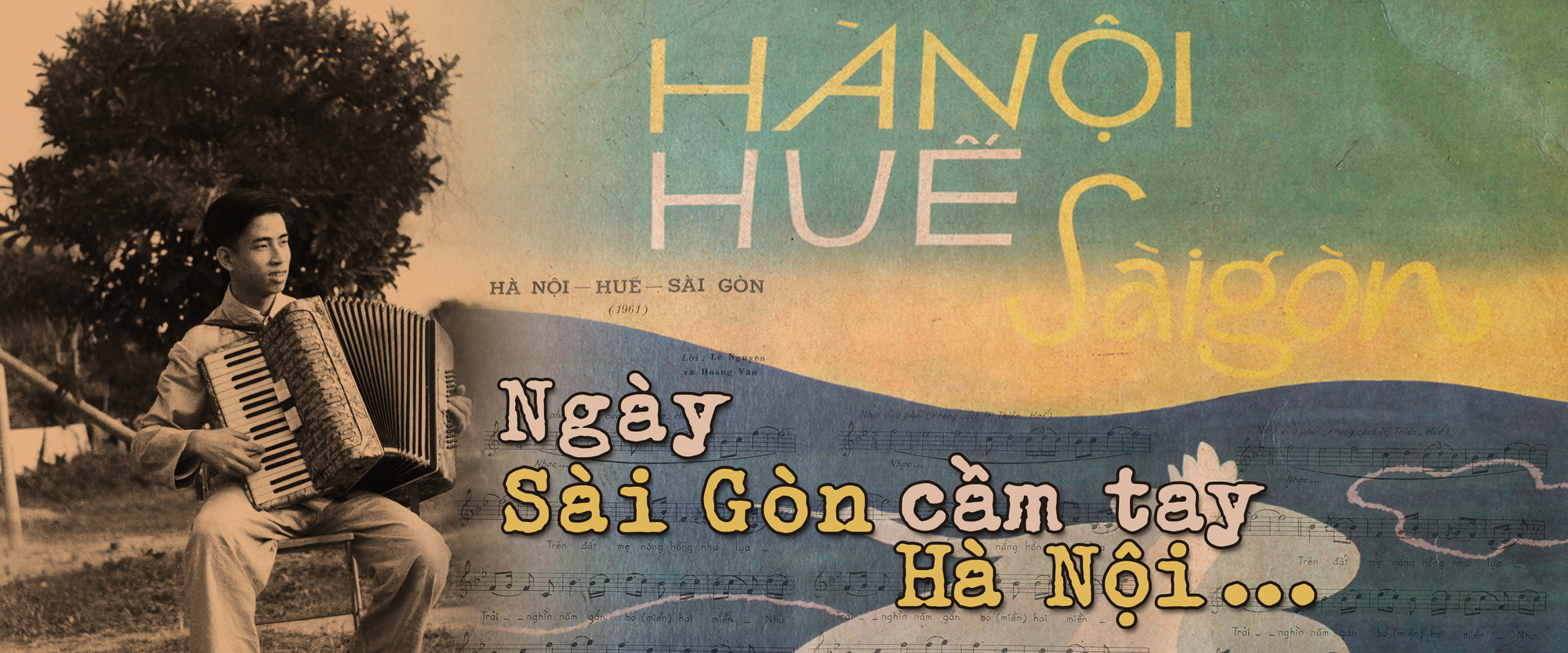
How did April 30, 1975, the day of national reunification, unfold in Hanoi , a place seemingly far from the battlefield but which was no stranger to bombs and bullets for over 30 years?
Two Hanoians, painter Le Thiet Cuong and People's Artist Nguyen Huu Tuan, recount the story of those days, which were also the years of their youth, with simple, gentle memories, like the lyrics of the famous song "Hanoi - Hue - Saigon" (Hoang Van, lyrics by Le Nguyen):
"On our motherland, bathed in sunlight as soft as silk, the two regions have been bound together for a thousand years, growing from a common root, like brothers of our kind mother Vietnam. Hue holds hands with Saigon and Hanoi..."
The first person I asked was the son of the lyricist – the artist Le Thiet Cuong.
* Sir, what was the atmosphere like in Hanoi on April 30, 1975?
- I was 13 years old that year. Growing up, like all the children in Hanoi's Old Quarter, except for a few years in between, I had to evacuate until the Paris Agreement was signed in 1973, at which point I returned to the city.
At that time, I attended Nguyen Du School, and then Ly Thuong Kiet School for high school. During the evacuation, we studied near Binh Da, Thanh Oai, by the Day River. Those were the last days of school before summer vacation.
In fact, the atmosphere of liberation had been stirring since March. At that time, my family lived with my grandfather and many relatives at 10 Hang Thung Street, right near the house of musician Hoang Van (real name Le Van Ngo, my great-uncle) at 14 Hang Thung Street, all descendants of Hai Thuong Lan Ong Le Huu Trac.
My uncle worked at the Army radio station and regularly brought newspapers home for us to read. The children didn't understand much, but seeing the adults eagerly waiting for him to bring home the newspapers so they could see if there was any news of victory, we were all very curious.
Around the same time, another old man living in the same building who worked at the Electricity Department applied for a permit to install a small radio on the wall to broadcast daily, paying a few cents in fees each month.
I often listened to classical music on this radio. My grandfather was afraid the kids would break it, so he mounted it high up, and I had to climb onto a chair and hold my ear close to listen.
Unfortunately, the radio broke down on April 30th, probably because the children turned the volume up too high, causing it to gradually fade away, leaving only crackling sounds.
There's only one way left: go to the banyan tree in front of the Hong Van - Long Van ice cream shop by Hoan Kiem Lake. That tree has a very large branch that juts out onto the street, with a cast-iron loudspeaker hanging from it, shaped like a lampshade.
The entire neighborhood came out, it was incredibly crowded because passersby also stopped their bicycles below to listen.
My grandfather couldn't go, so I ran back home and told him bits and pieces of what I remembered, just as my uncle brought back the newspaper with the liberation news.
My grandfather was overjoyed and told me to go to Hang Ma Street to buy sheets of paper printed with many flags, cut them out, and then glue them onto the handles split from chopsticks.
The family had a very precious antique ceramic vase. My grandfather would stick flags in those vases and instruct his grandchildren that whenever they left the house, they had to carry one to wave. That still moves me when I think back on it; there was a time when people loved their country genuinely, without trying.
* I think your grandfather had some very special children as well, like your father, the poet Le Nguyen, author of the poem "Hanoi - Hue - Saigon" which was set to music by composer Hoang Van.
Poet Le Nguyen, photographed in Hanoi in 1955, during his first leave after the Dien Bien Phu campaign. He later returned to Dien Bien Phu to collect materials for the Army Museum (Family photo).
- My father's real name was Le Quoc Toan, born in 1931. He ran away from home to join the army with his brothers in 1946. He was a soldier in the 312th Division and was assigned to write for the division's newspaper.
Because he knew French, he was assigned by Generals Le Trong Tan and Tran Do to interview French prisoners of war at the Dien Bien Phu battlefield. After the victory, he expressed his desire to retire from the army.
Mr. Tran Do said: "You know there are many Tay and Nung people in your unit, you should teach them. You are educated and you write articles, you should stay another year, collect artifacts from the campaign to preserve for the museum, and write notes for archiving."
Later, Mr. Tran Do returned to the cultural sector, while my father served in the military for about a year before returning to Hanoi to study screenwriting at the Film School. The guidance of those generals who cared about culture played a significant role in my father's career path.
* How did the poem's journey lead to the creation of Hoang Van's famous song, sir?
- The poem "Hanoi - Hue - Saigon" was published in the Thai Nguyen newspaper in 1960; at that time, he had several other poems such as "Poem Sent to Thai Nguyen".
At that time, he was courting Thao, a Chinese interpreter at the Thai Nguyen steel complex, who later became my mother. Both songs were set to music by Hoang Van in 1961.
Regarding the poem "Hanoi - Hue - Saigon," he confided to me that it was a poem that created a map in the shape of the letter S, intentionally personifying the image of a Hue girl in the middle holding hands with two girls from Saigon and Hanoi.
When my father passed away, I only asked for two mementos: a fountain pen and a 33-rpm record containing the song "Hanoi - Hue - Saigon," given to me by composer Hoang Van in 1976.
The album cover features a dedication: "To my dear Le Nguyen on the occasion of the Lunar New Year of the Dragon, a reunion of North and South Vietnam - The first album entirely produced in Vietnam."
* You have a grandfather who cherished flags, a father who formulated a symbol of unity; what does that mean to you?
- I think the people of Hanoi overcome difficulties or achieve victories because they know how to live and how to have fun, even amidst bombs and bullets.
Even during wartime, Mr. Lam, the coffee shop owner, would cycle all the way to Van Cao's house to have his portrait painted, a large size of about 1 meter, while they drank wine together. One of the things that made the "Dien Bien Phu in the Air" of 1972 so special was that the people of Hanoi still knew how to enjoy life and appreciate beauty.
I was impressed by the story told by musician Cao Viet Bach about the symphony orchestra from Hanoi performing at the Saigon Grand Theatre on September 2, 1975, which helped to dispel the negative propaganda of the old regime about the North. They realized that behind it all, the cultural life of Hanoi still existed.
In contrast to painter Le Thiet Cuong's recollections of Hanoi, which envisioned a musical style "spanning a thousand years of connection between the three regions," cinematographer and People's Artist Nguyen Huu Tuan had a different journey: from Hanoi to Saigon on April 30, 1975.
* Sir, how were you prepared for your trip to Saigon?
At that time, I was a cinematography student at the Vietnam Film School.
People in Hanoi were already whispering that Saigon was about to be liberated, especially after Hue and Da Nang were liberated, and those in the film industry began to feel the need to prepare.
The Film School assigned its most experienced students to film alongside the professors. Our group was the last one left. Many people more talented than me didn't get to go, so for me, it was a stroke of luck.
We were ordered to leave and prepare our equipment on April 27th and 28th, which meant that complete victory was imminent.
After a two-day journey to Vinh, we stopped to cross the Ben Thuy ferry. Upon getting off the bus, we noticed a strange atmosphere and attitude from everyone. It was midday on April 30th. We heard whispers: "Saigon has been liberated." Before we could fully process it, everyone urged us to continue, and so we were swept along on our journey.
I arrived in Saigon around May 6th and 7th. My first impression of the South was that I was traveling on a small road, and suddenly came across a wide, spacious stretch of road.
The driver said, "That's the Saigon-Bien Hoa highway." I suddenly realized I had imagined this place back in 1960, when North Vietnamese newspapers reported that the Americans were building the Saigon-Bien Hoa highway to create a "disguised airport."
I looked around and saw dejected soldiers of the old regime running, tanks lying overturned, and discarded military equipment scattered along the sides of the road. Sitting in the command vehicle, holding my video camera, I felt an exhilarating feeling, like, "We're in Saigon now!"
Cinematographer Nguyen Huu Tuan (far left), director Vuong Khanh Luong (second from the right), and other artists from the North reunited with the Southern feature film crew - Archival photo.
What are your impressions of the people of Saigon?
- As we crossed the Saigon Bridge, we kept driving and noticed people on the road were looking at us strangely, saying things we couldn't understand. After a while, I told the driver, "It seems we're going the wrong way."
At that moment, many young men and women on motorbikes sped up towards our car, calling out, "Hey guys, where are you going? We'll guide you!"
We told them our destination was the Caravelle Hotel, where the film crews and press gathered. They shouted, "Follow me!" Those were the first people to greet us. They were all enthusiastic and polite.
Perhaps it's because the first impression of those soldiers was probably very positive; the soldiers from the North had a naive, adorable, and very charming appearance.
Actually, the young soldiers were really cute because they were very shy in social situations and had been told off so much by their commanders. Maybe they were shy when they saw Saigon people wearing suits and riding Vespas, which made them feel inferior.
I'm more experienced, I've traveled abroad, and I've had self-confidence since I was a child, so I don't feel that inferiority complex. At Ben Thanh Market, the guide shouted, "These guys are back from R, vendors, please don't overcharge!"
The commotion quickly spread throughout the market. Those were the early days.
* Did the guys from Hanoi experience any culture shock, like encountering unfamiliar food?
When it comes to food, young people usually just eat to fill their stomachs. But I have a fun memory of eating pho in Saigon.
Young Vuong Khanh Luong (later the Director of the Documentary Film Studio of the Central Scientific Documentary Film Company) discovered that there was a very large pho restaurant in the alley near his residence.
At 6:30 the next morning, we went to eat. Luong was only 19 years old at the time, with fair skin, and his face would blush whenever he saw a girl, so the shopkeeper probably noticed and kept smiling.
After eating and returning to the hotel, the teachers (People's Artist Lê Đăng Thực, People's Artist Trần Thế Dân) and friends had just woken up. The teacher invited them to eat again, this time paying the bill.
The two boys pretended they hadn't had breakfast yet and went along too. When the teacher asked where they were going, Luong, being young and naive, quickly pointed to a pho restaurant. This time, the teacher gave the whole group two bowls each, so Luong and I ended up eating three bowls that morning.
* Did you observe the artistic and literary scene in Saigon during those days?
We were assigned to film students burning obscene materials in the courtyard of the Teacher Training College. While the students were burning them, I flipped through the books and muttered to myself, "These books are good."
It was just a whispered remark, but it spread among the students soon after; one soldier even said the books were fine.
I was already familiar with Southern Vietnamese songs, but my first impression was when students were having group activities and they sang Trinh Cong Son's "Joining Hands in a Great Circle."
* How long after he returned to Hanoi and looked back at Hanoi, what were his feelings?
About 3-4 months later, I returned to Hanoi. Having traveled abroad before, I had the feeling that Hanoi was too poor.
This time, that feeling is gone, because there are so many stories to tell, so many gifts to share with everyone, friends... sometimes it's just a marker pen for a friend, perfume for a girlfriend.
At that time, returning to Hanoi felt like coming home, a sense of peace and pride in having accomplished something special: filming what I considered to be good footage.
* In your family at that time, did the reunification of the two regions evoke any particular emotions?
My family owned a fabric shop in Tam Ky since the French colonial era. My mother had a list of people who owed money for goods and migrated to the South in 1954.
Before I left, my mother told me that when I got to Saigon, I should go to Gia Long Street (now Ly Tu Trong Street) and ask around for some of the old vendors. Back then, many people from Hang Dao Street lived together in the same row.
One evening, I invited Luong to a house, which probably surprised them. But I avoided mentioning the debt and instead said that his mother had told him to visit her if he felt lost.
Neither side knew what else to do besides drink tea, eat biscuits, and chat. On my way home, although I remembered my mother's words, I felt embarrassed and didn't go back. They didn't come looking for me either.
Looking back on that North-South reunion, I think about the emotions felt before that historic moment. The people of Hanoi didn't express their joy loudly; they were simply quietly happy. That was the reality of war.
Hanoians have experienced false hopes a few times, such as in 1968 when they thought victory was imminent. The aftermath of the 12 days and nights of B-52 bombing in December 1972 still leaves them shaken, so perhaps the news of victory caused a lull in their spirits, preventing the overwhelming outbursts that later media portray.
--------------------------------------------------------------------------
Content: NGUYEN TRUONG QUY
Design: VO TAN
Tuoitre.vn
Source: https://tuoitre.vn/ngay-sai-gon-cam-tay-ha-noi-20240427145929171.htm

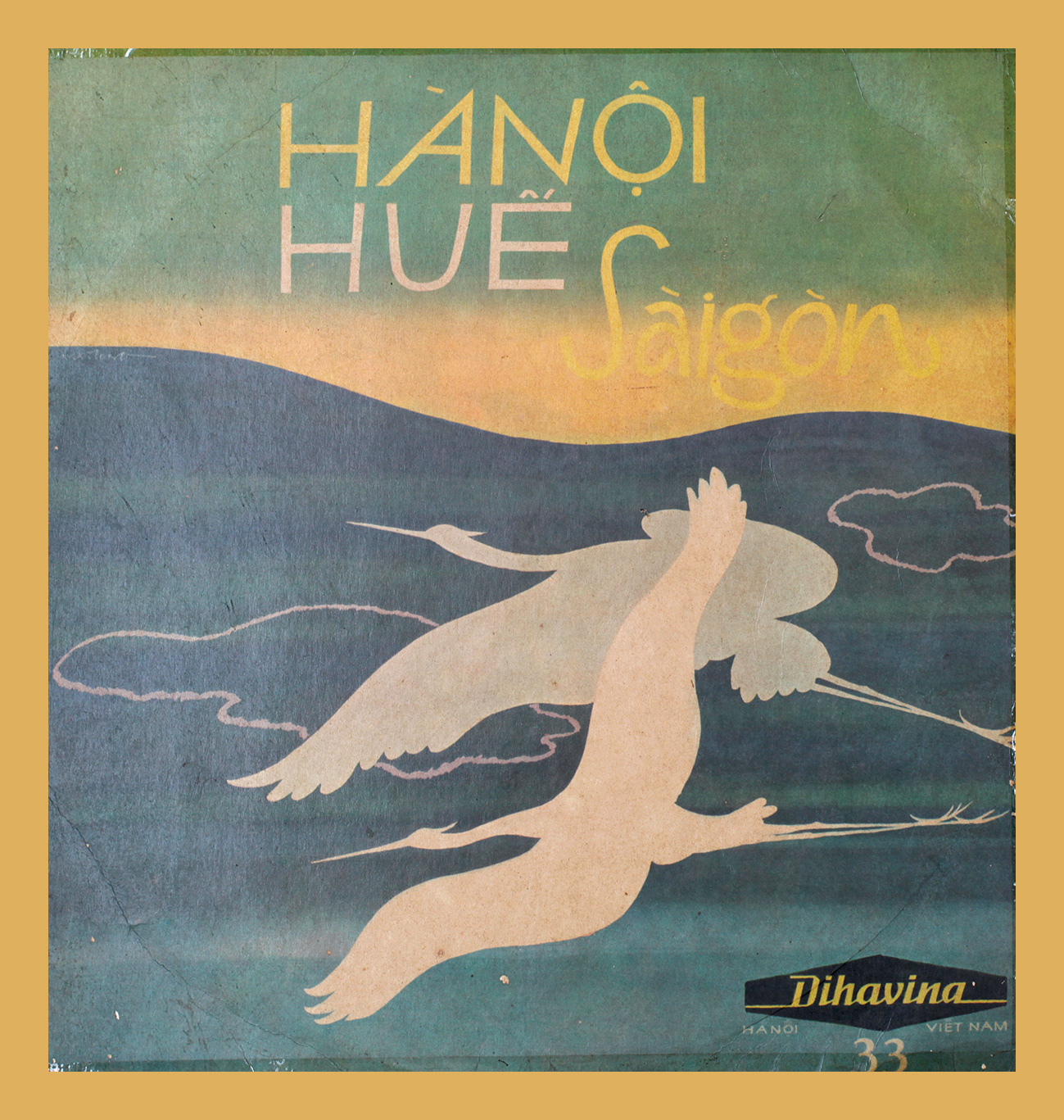
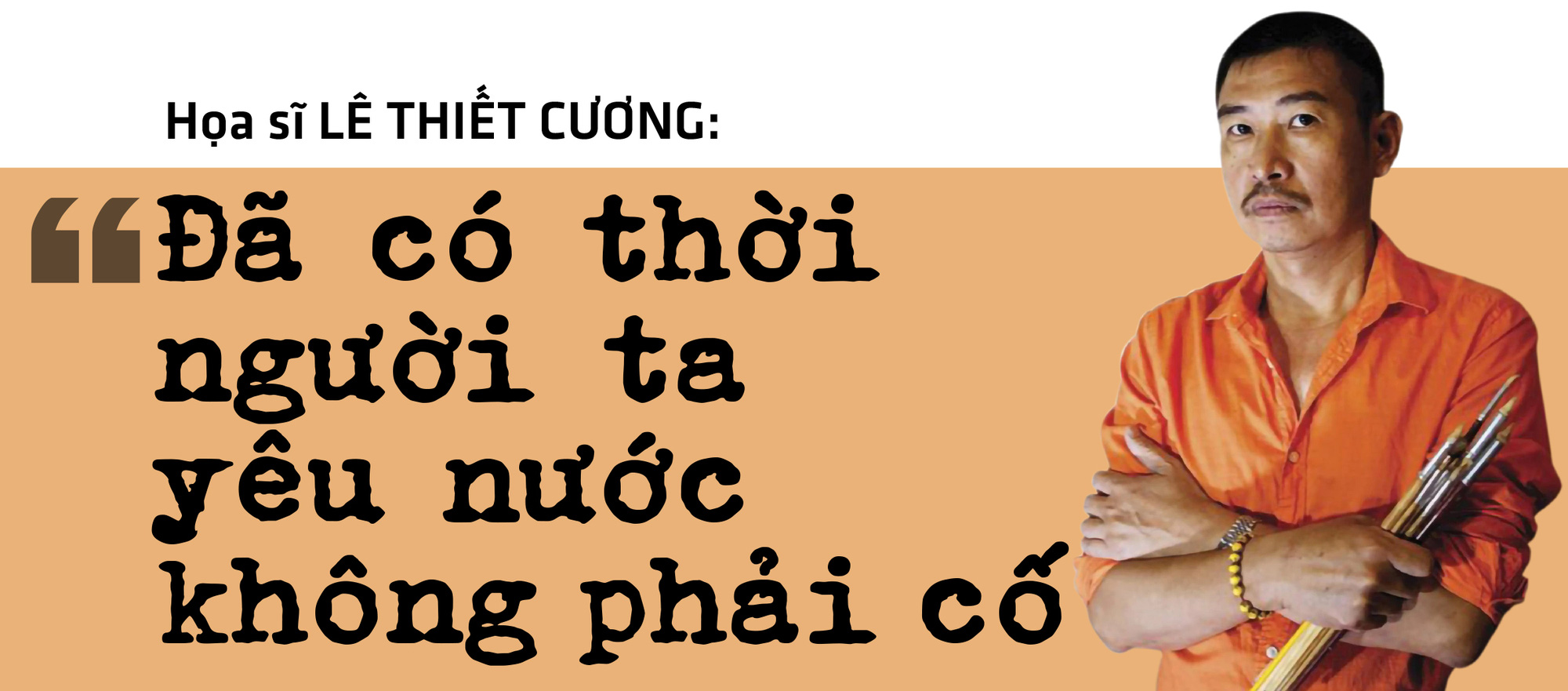
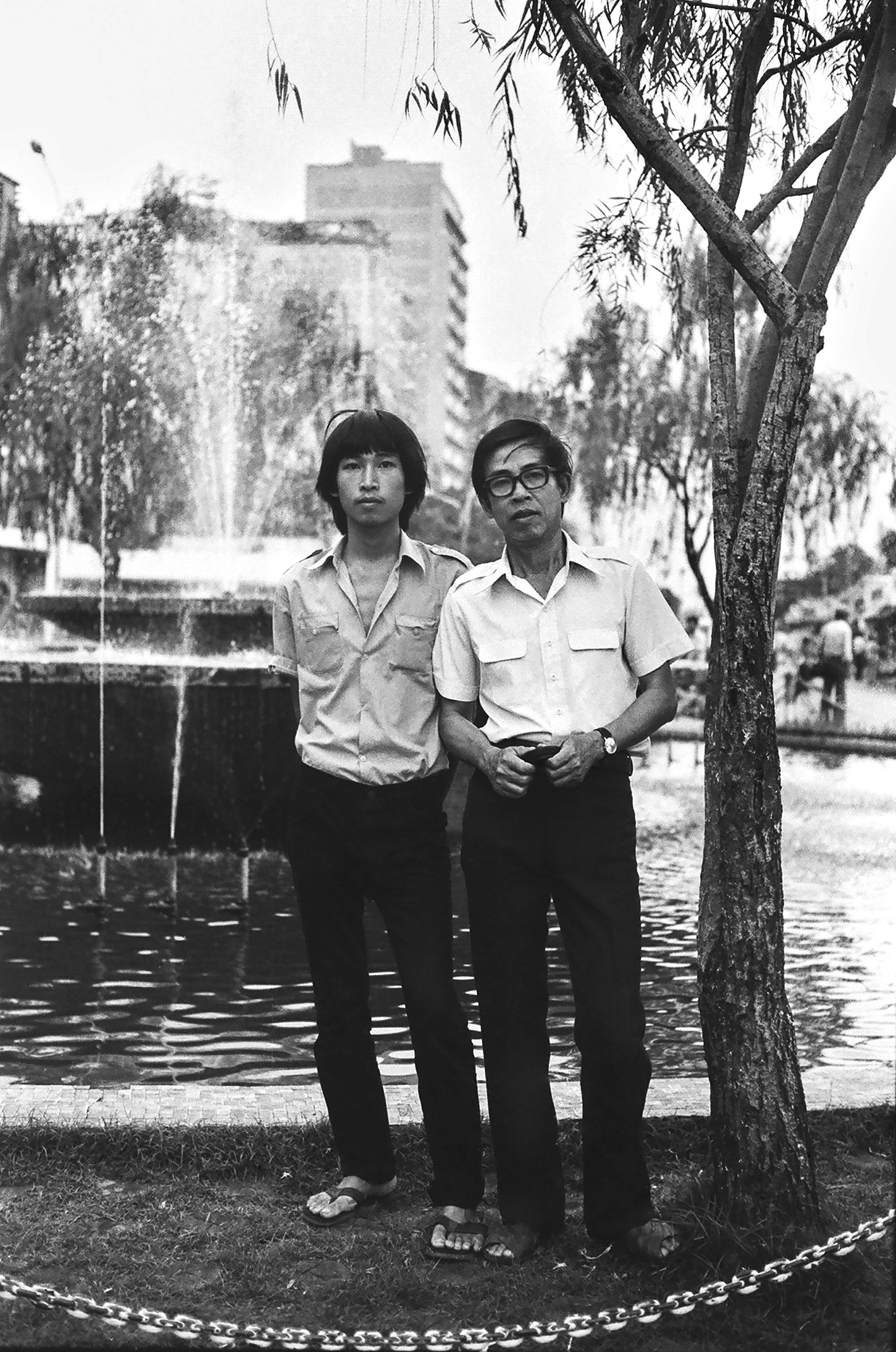
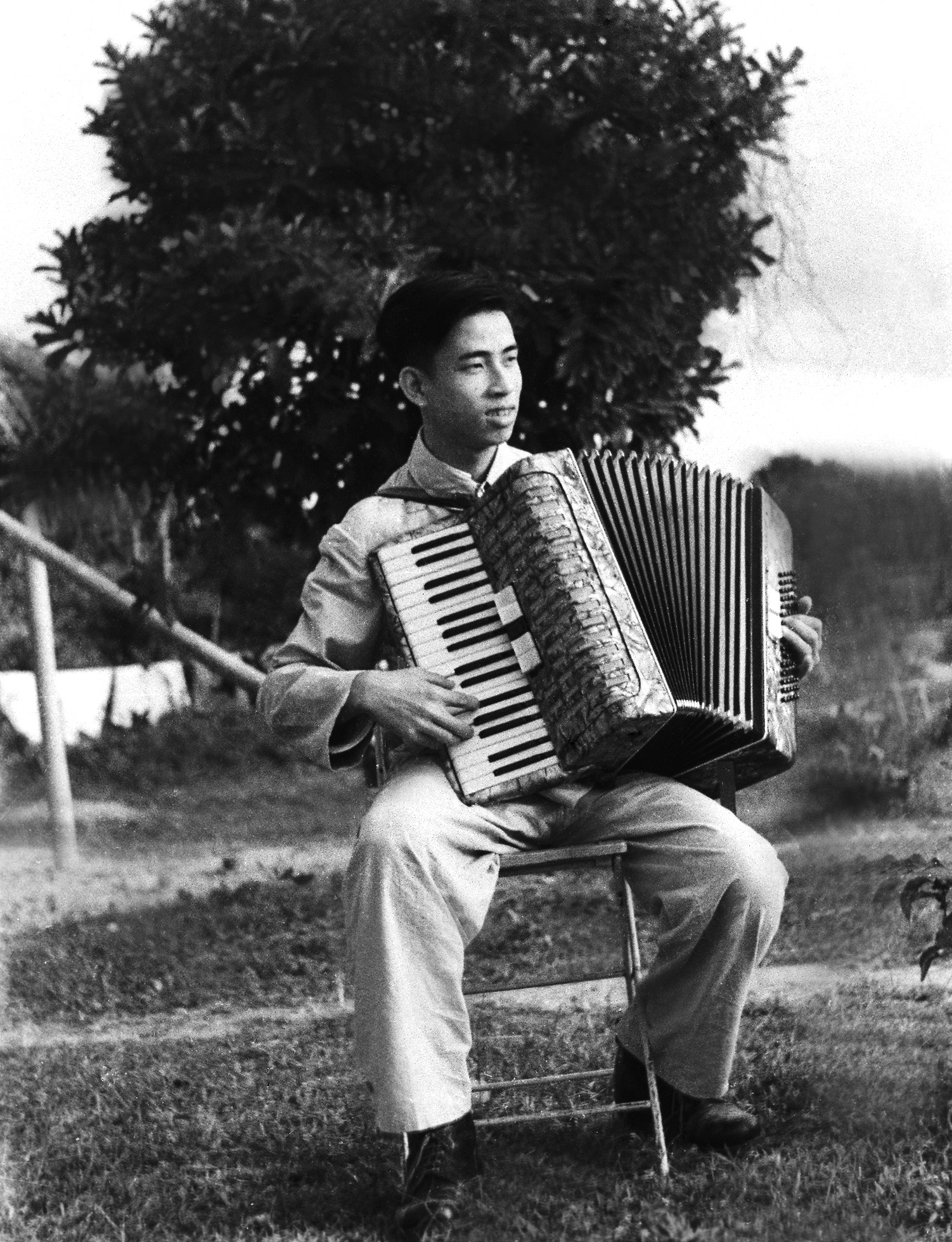
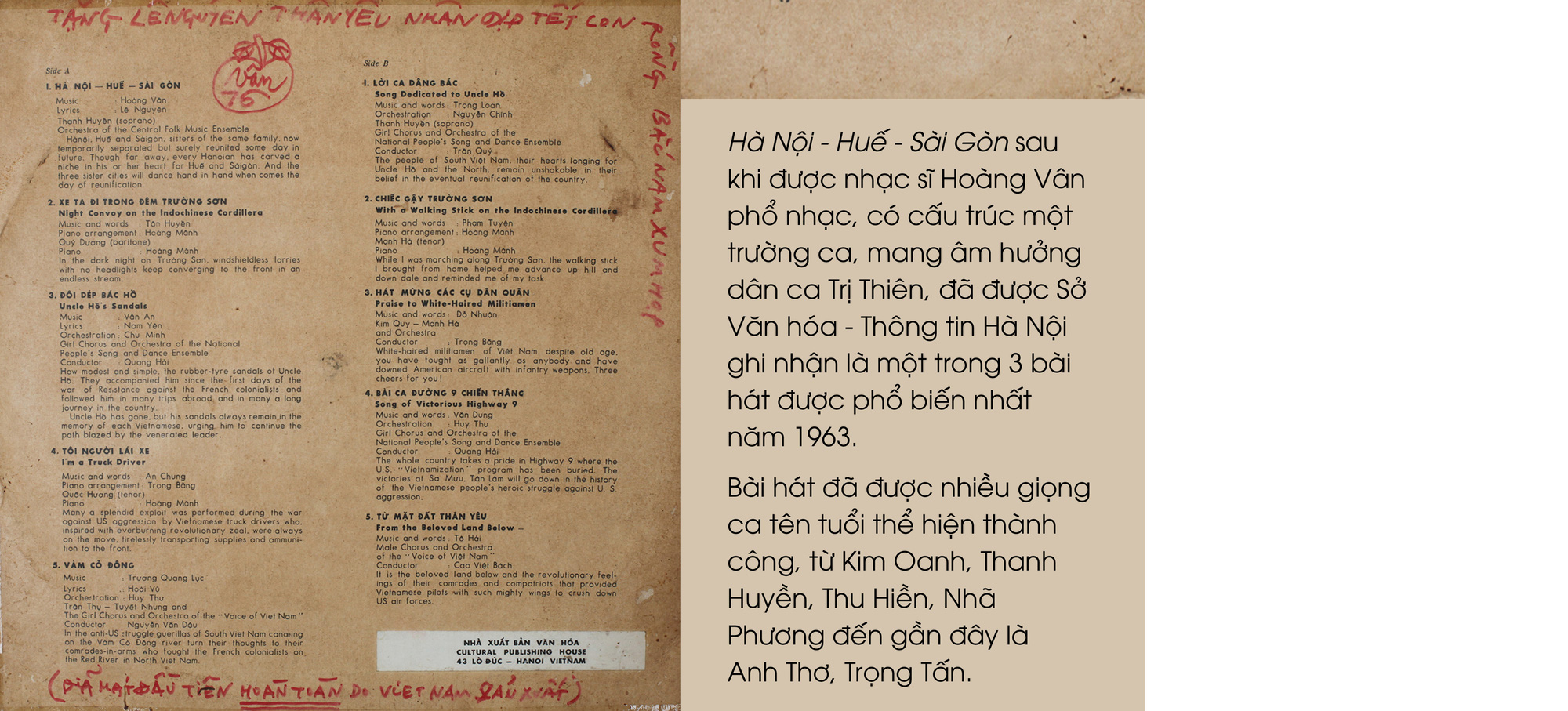
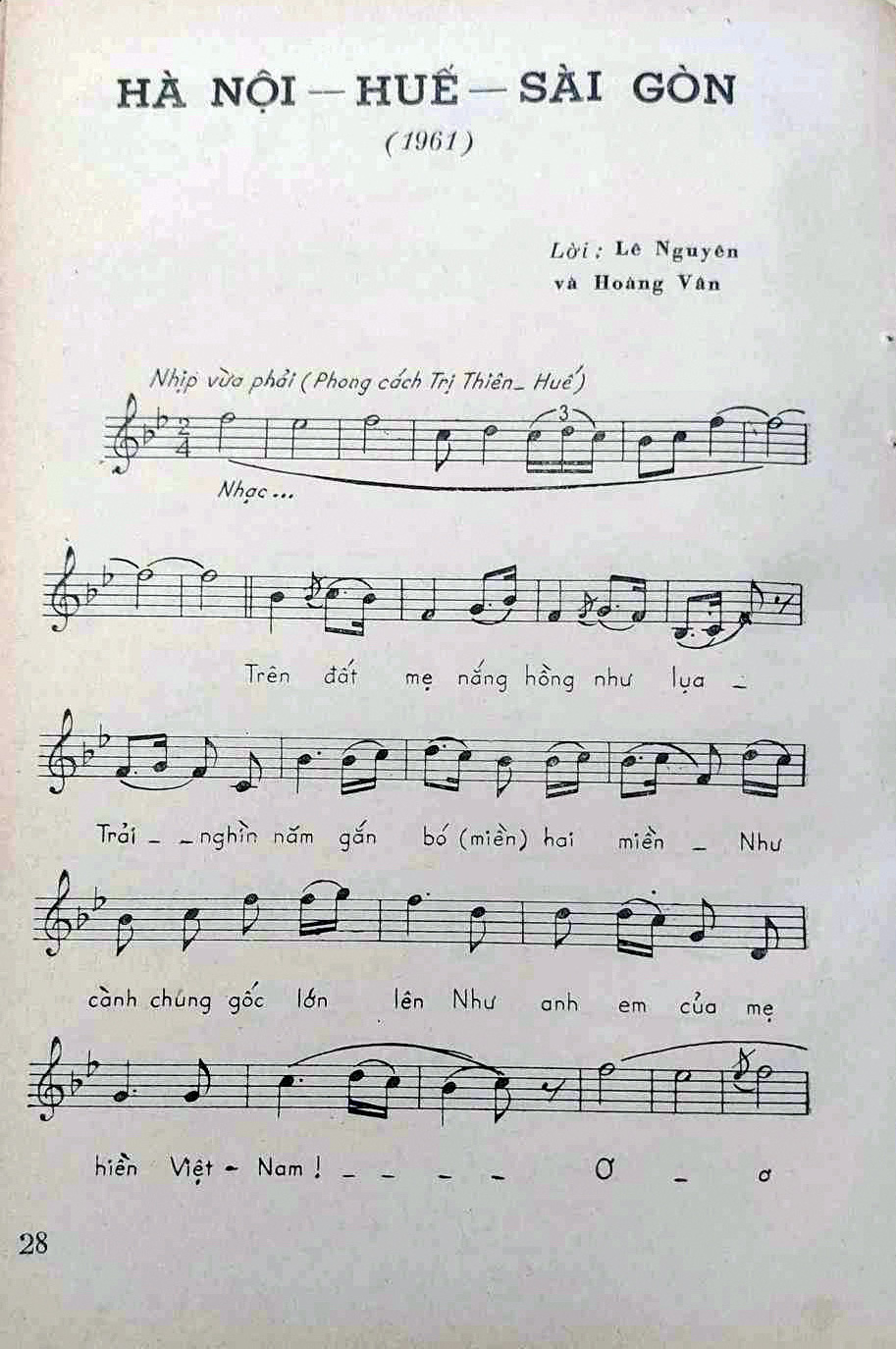
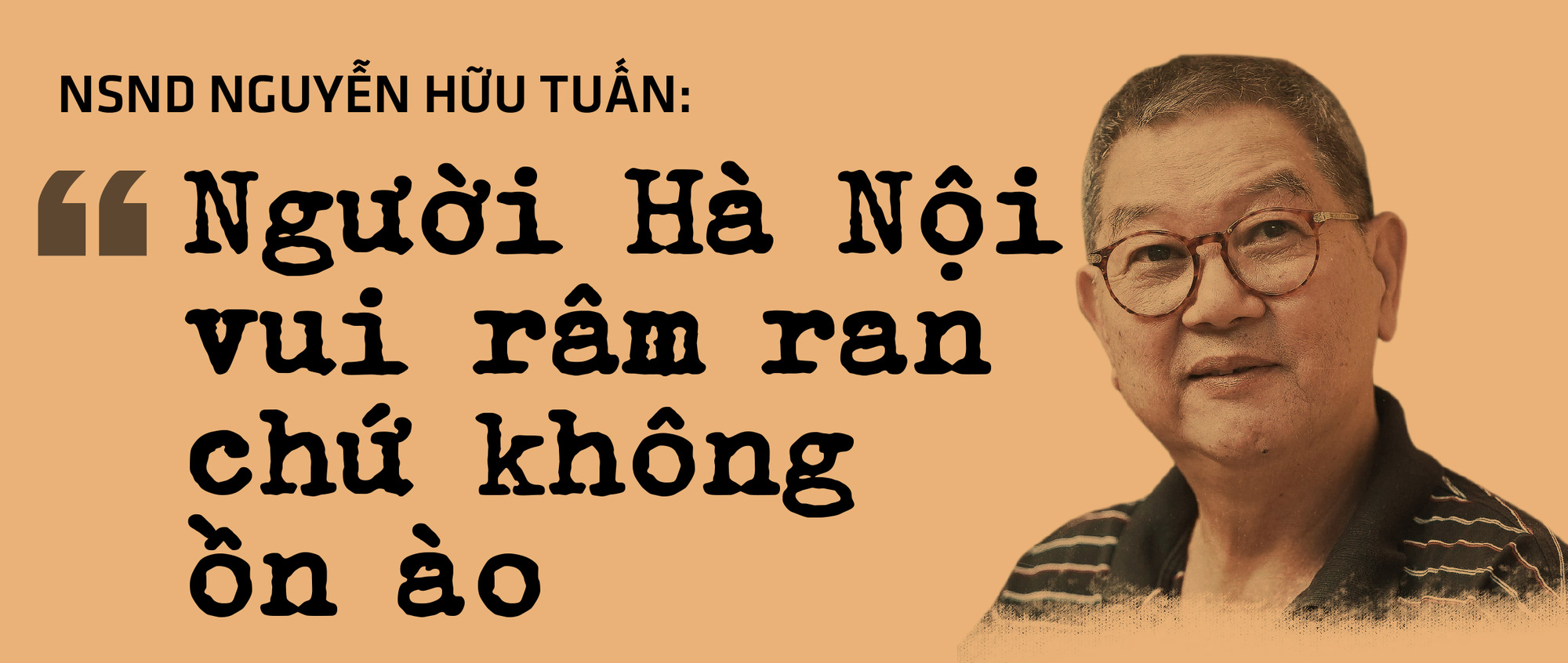
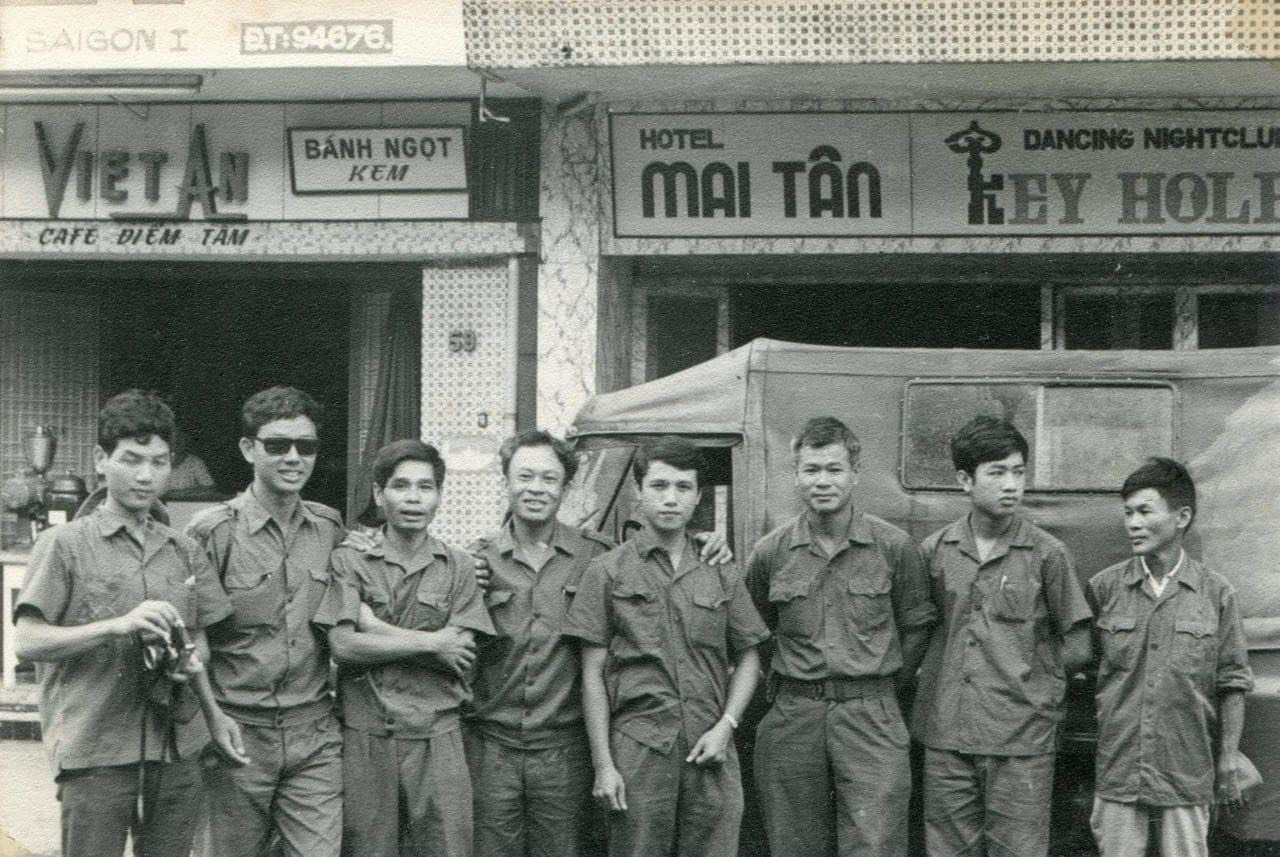
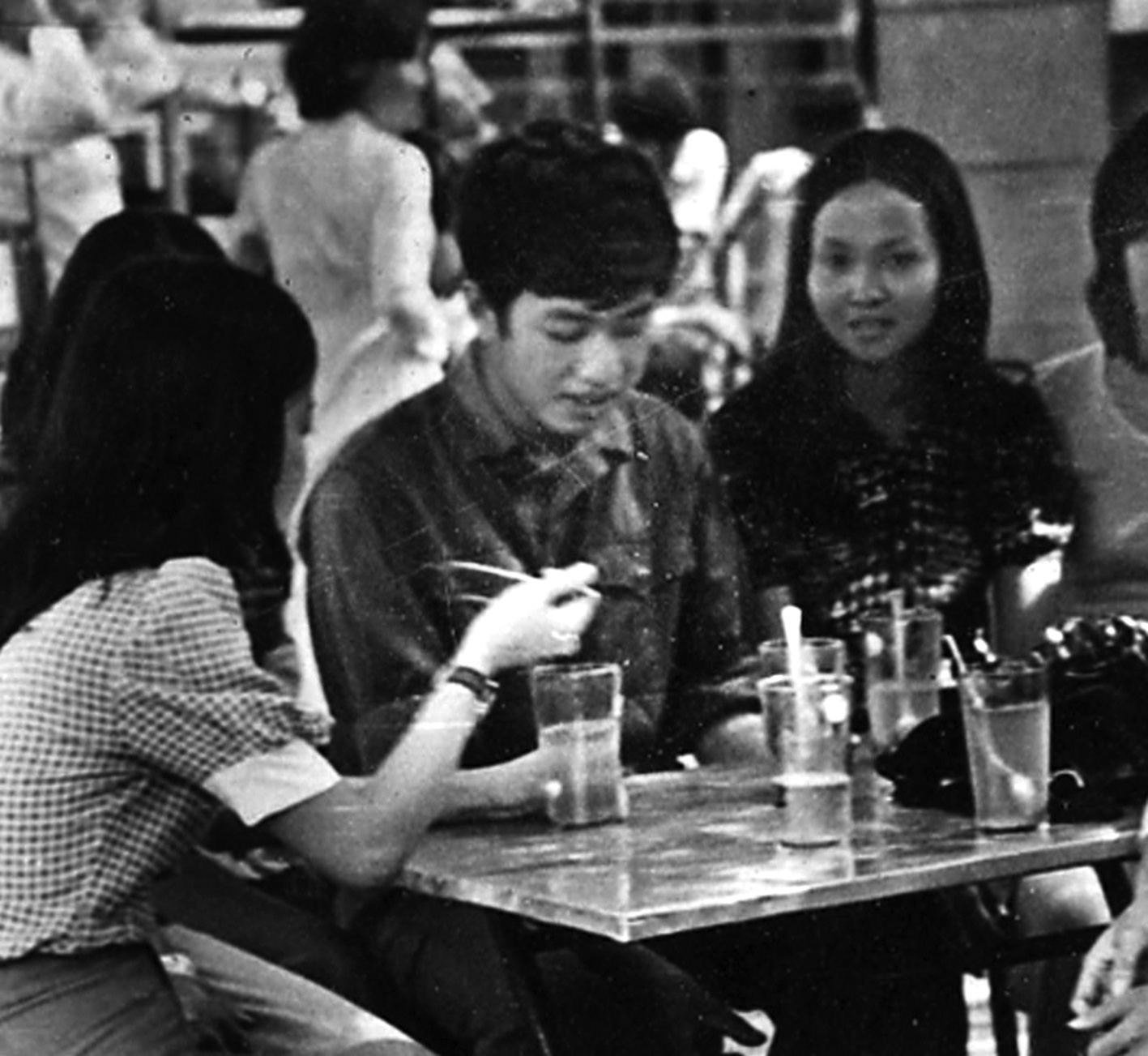
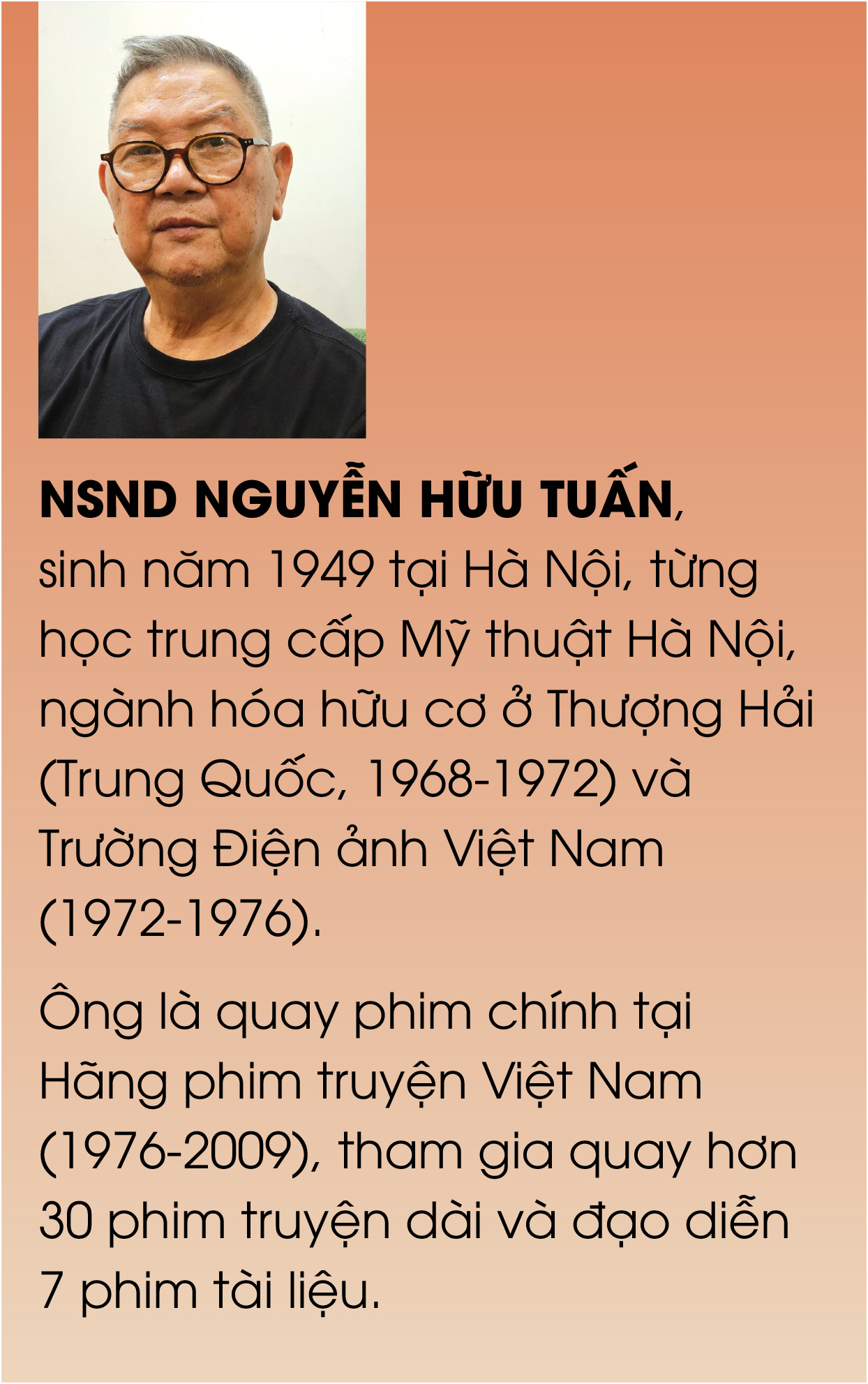



![[Photo] Prime Minister Pham Minh Chinh holds a phone call with the CEO of Russia's Rosatom Corporation.](/_next/image?url=https%3A%2F%2Fvphoto.vietnam.vn%2Fthumb%2F1200x675%2Fvietnam%2Fresource%2FIMAGE%2F2025%2F12%2F11%2F1765464552365_dsc-5295-jpg.webp&w=3840&q=75)





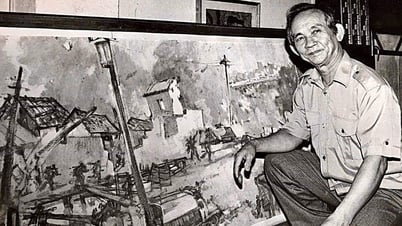




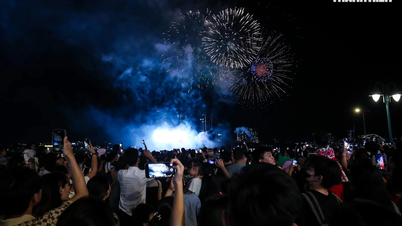

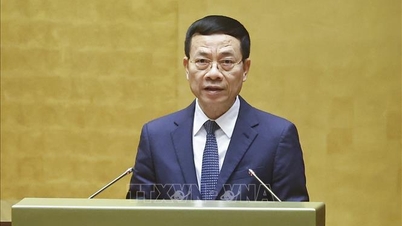

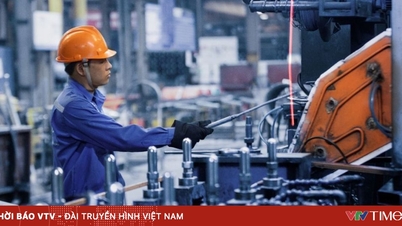

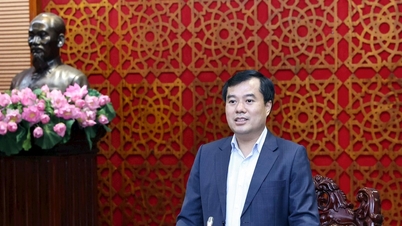

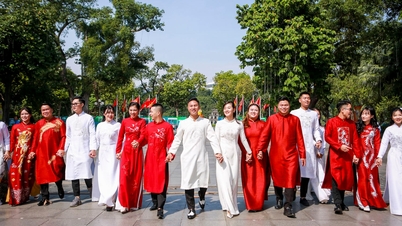



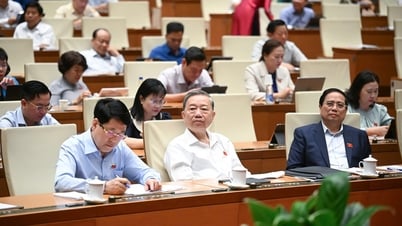











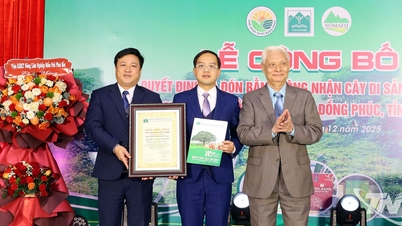




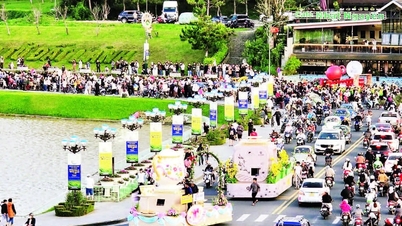

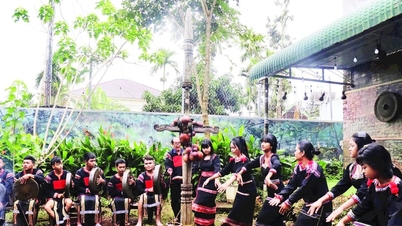
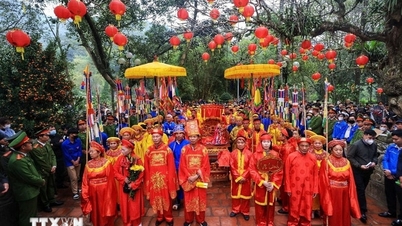




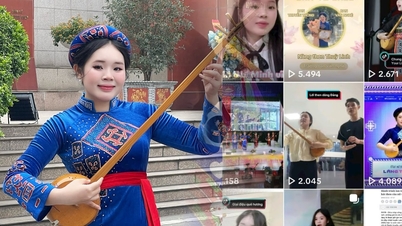


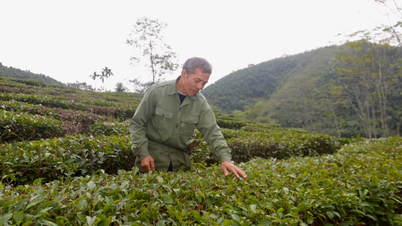






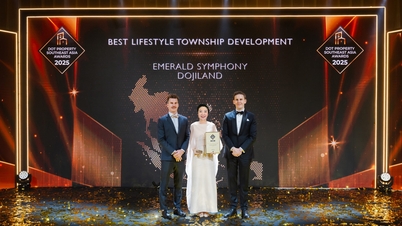
















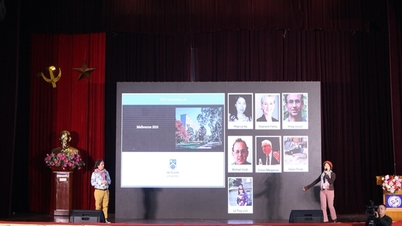

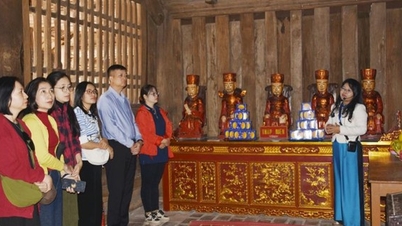
























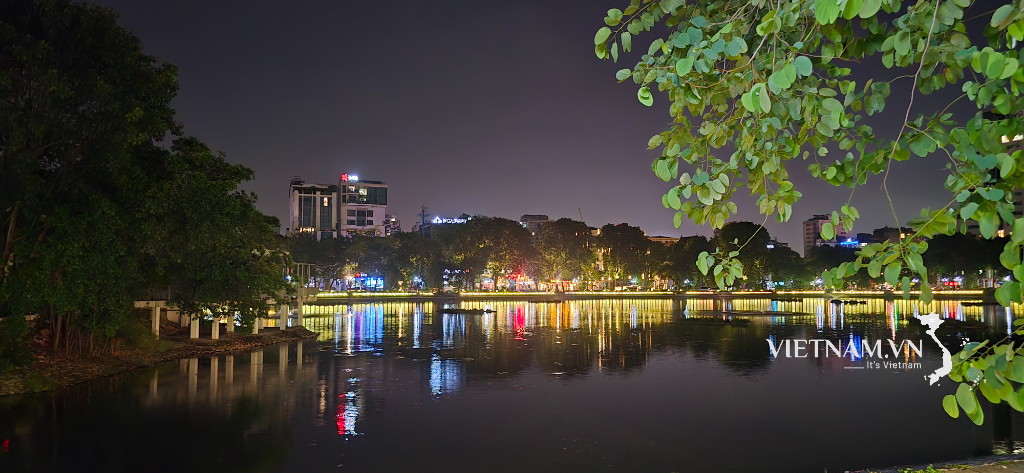
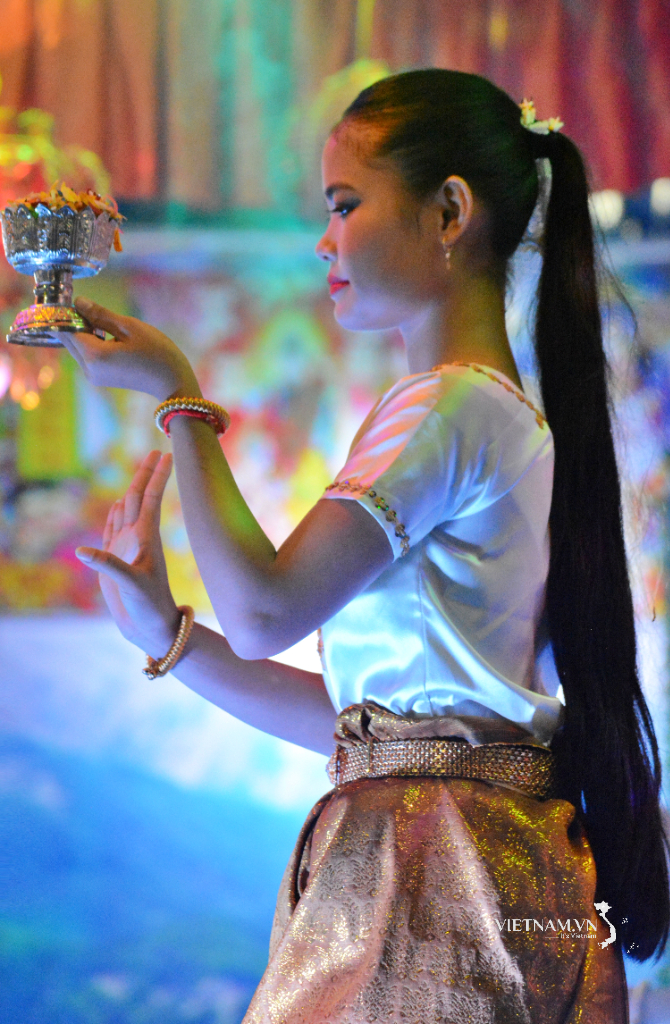
Comment (0)